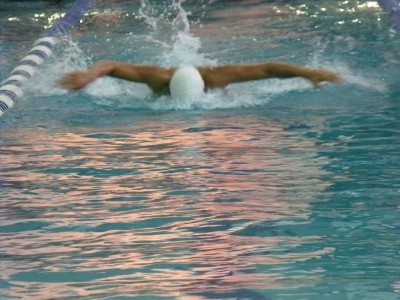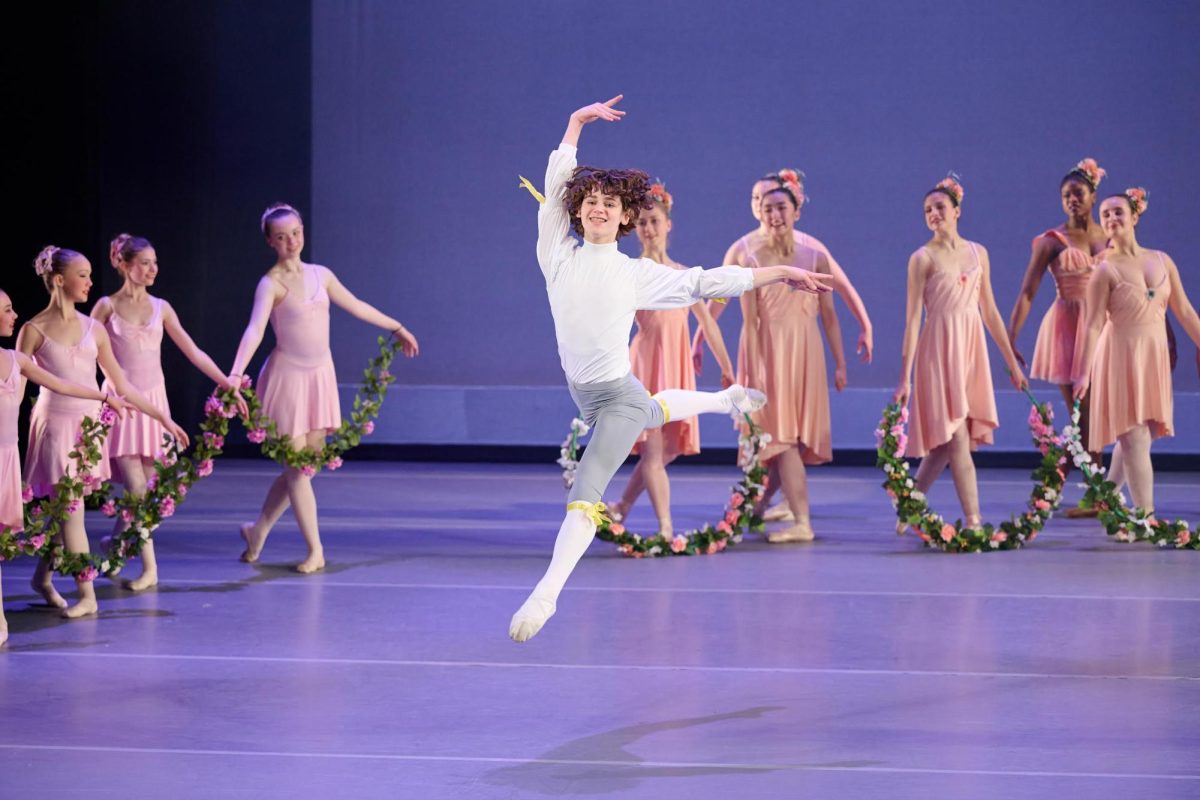Swimming is really just the action of movement through water. Most humans have learned the basics of this skill, allowing them to play leisurely on certain hot summer days. A few humans have mastered the skill and use it for racing and competing.

According to the USA Swimming Foundation, there are nine deaths from drowning each day in the United States. These are not due solely to freak accidents, but simply unsupervised children who are unable to swim.
Swimming as a survival skill is simple physics. Humans are made up of 95 percent water. This means that only 5 percent of a person’s mass will sink in a large body of water due to the force of gravity. This allows the body to float near the surface of the water, but not on top of it.
To stay up, one must push themselves up with their hands or feet to counter the gravitational force. This repetitive action is known more commonly as swimming.
Swimming for racing or exercise is slightly more complicated. To move forward, a force must be applied to help the body accelerate from rest in a certain direction. This is more than possible with knowledge of Isaac Newton’s third law. For every action, there is an equal and opposite reaction.
“Push back on the water as hard as you can and it pushes you forward with an equal force,†physics teacher Gabriel De La Paz said. “Also, you need to reduce drag. This can be achieved by shaving your legs.â€
Drag is a force that opposes motion and will reduce a person’s velocity while swimming. These precious seconds cannot be spared when racing against opponents at a swim meet.
Swim competitions include four different types of strokes in which swimmers are successful depending on how fast they are in the water while using a particular type of stroke. The strokes used at high school meets are freestyle, breast stroke, back stroke and butterfly.
“Butterfly is the most difficult stroke because of the major strength needed to maintain consistency,†said sophomore Alex Yepez, a varsity swimmer. “However, it is almost impossible to perform a slow butterfly stroke.â€
The butterfly is the most complicated of all the strokes and difficult to learn. The correct form is kicking your legs with a whipping motion as if they were a dolphin’s tale. The arms are used for pushing back the water simultaneously with the big kick. A small kick fits in while resting and resetting the upper body and gliding through the water.
The freestyle stroke is the most basic swimming maneuver. A swimmer would have legs straight back with toes pointed, kicking up and down the entire time. The arms move in a windmill type motion, alternating with each pull of the water. About every three strokes, the swimmers head would come out of the water on the opposite side as the arm that is coming out of the water.
The stroke Yepez feels he travels the slowest with is the breaststroke. This stroke resembles a frog swimming through water. The arms and legs are drawn in close to the torso, bending at the elbows and knees. The legs are thrust outwards and then drawn back in quickly. The arms push forwards and then circle back to the starting position. This will allow the swimmer to rise up out of the water for a breath. This motion is then repeated after gliding for a short distance.
The final stroke that the swim teams use for competition is the backstroke. This stroke is basically the same as freestyle, but while floating on a swimmer’s back. The legs are straight with toes pointed for constant up and down kicking. The arms once again circulate in a windmill motion that is opposite to the rotation in freestyle. Coming up for breaths during this stroke is not necessary as the swimmer’s face will be out of the water the entire time.
The members of the swim team is each able to perform all four of the strokes.
So far, according to Yepez, the team is “better than last year.†This year’s team has four wins with seven more meets to go. The team is coached by Wally Lundt who has instructed them with a bit of his own scientific instruction.
Yepez remembers a crucial piece of advice for all swimmers who race: “When you are doing a stroke, it is important to ‘catch the water’ with closed hands. This reduces the energy you have to use for your hands when they are under water.â€







Luke Mackall • Nov 4, 2019 at 6:34 am
While butterfly may be the most difficult stroke, breaststroke is commonly considered the most exhausting stroke.
How To Swim Freestyle Stroke • Nov 30, -0001 at 12:00 am
When learning how to swim the freestyle stroke, it’s good to practice breathing and taking arm strokes by swimming in place against the pool wall.